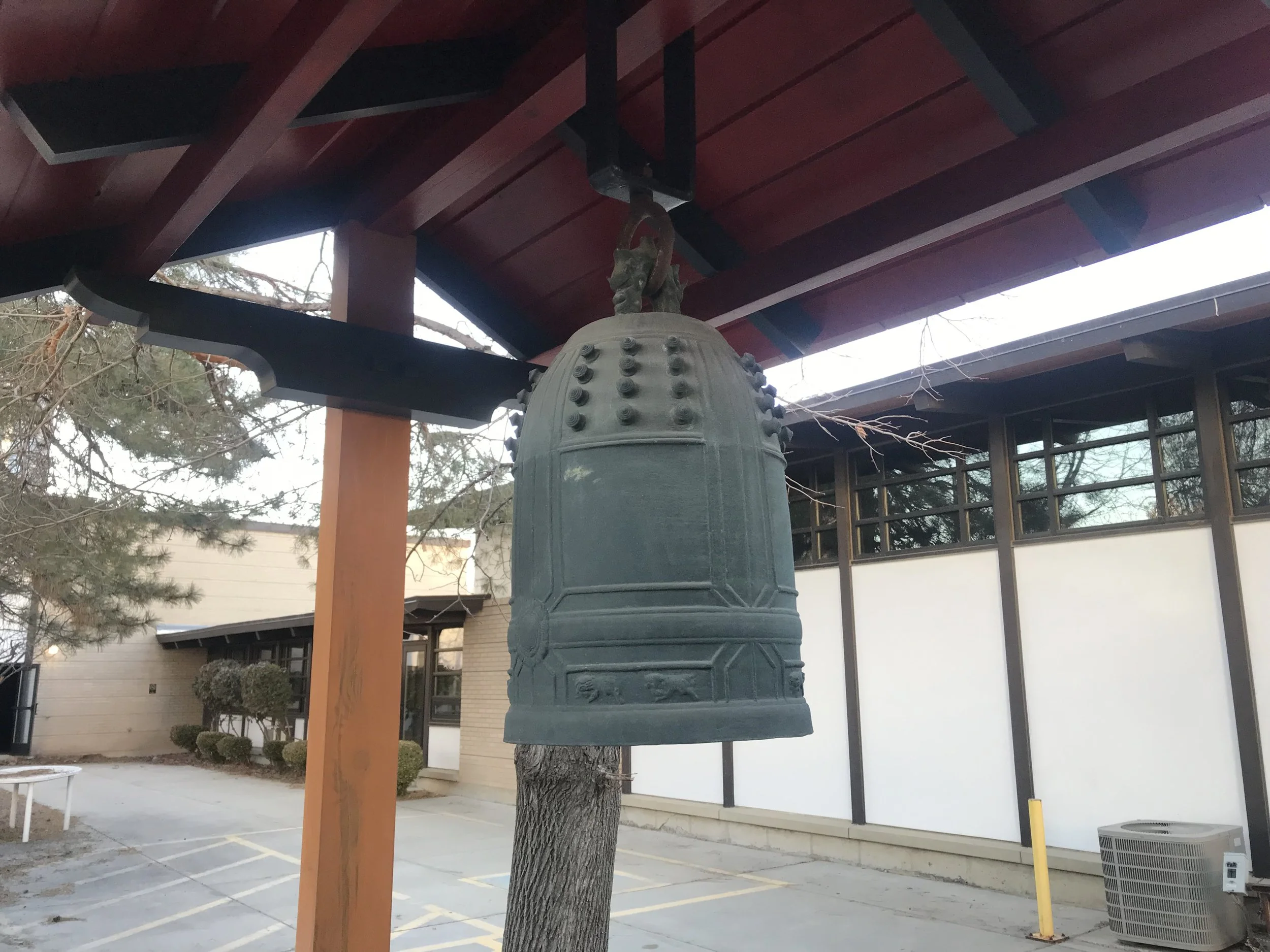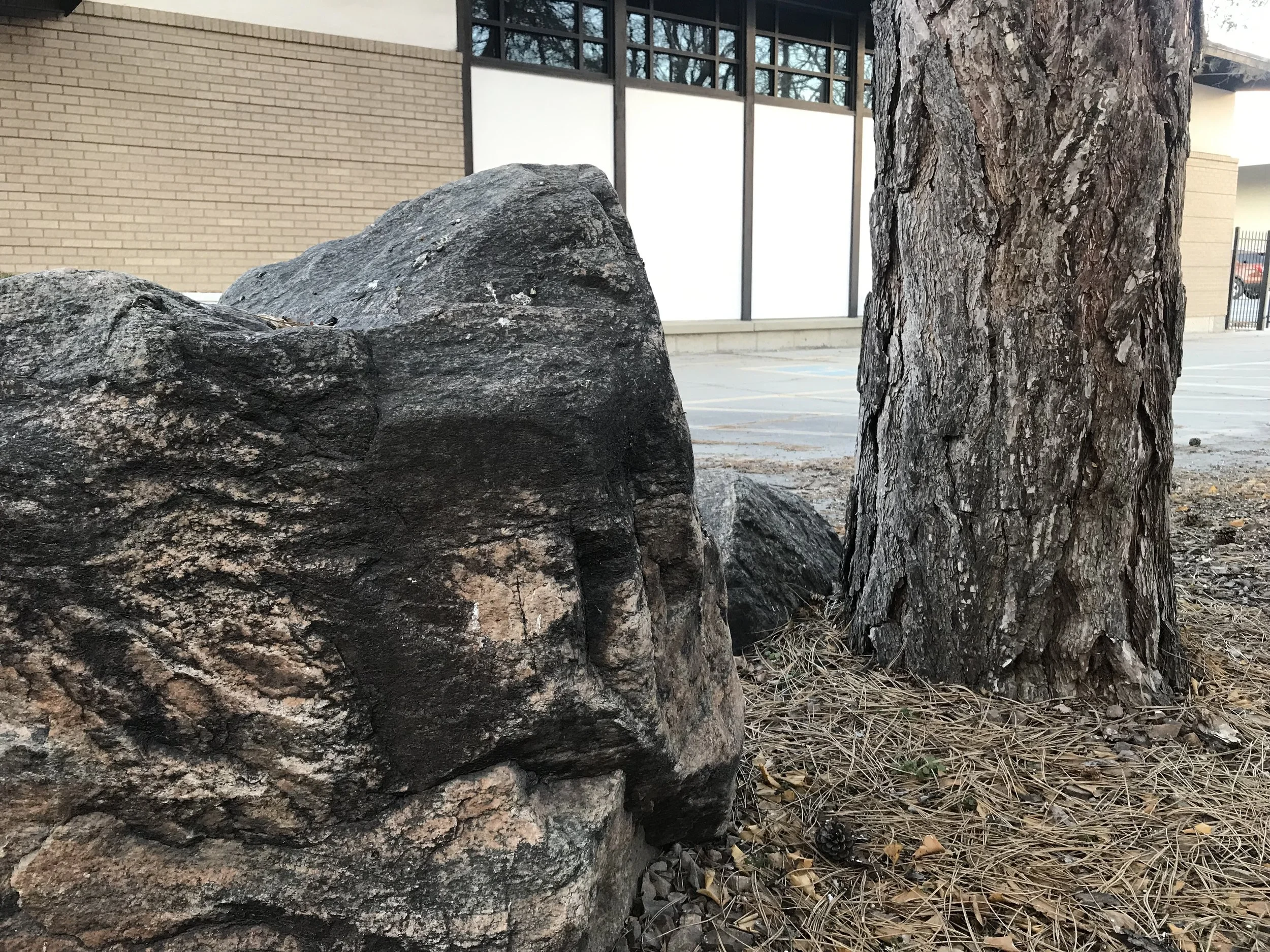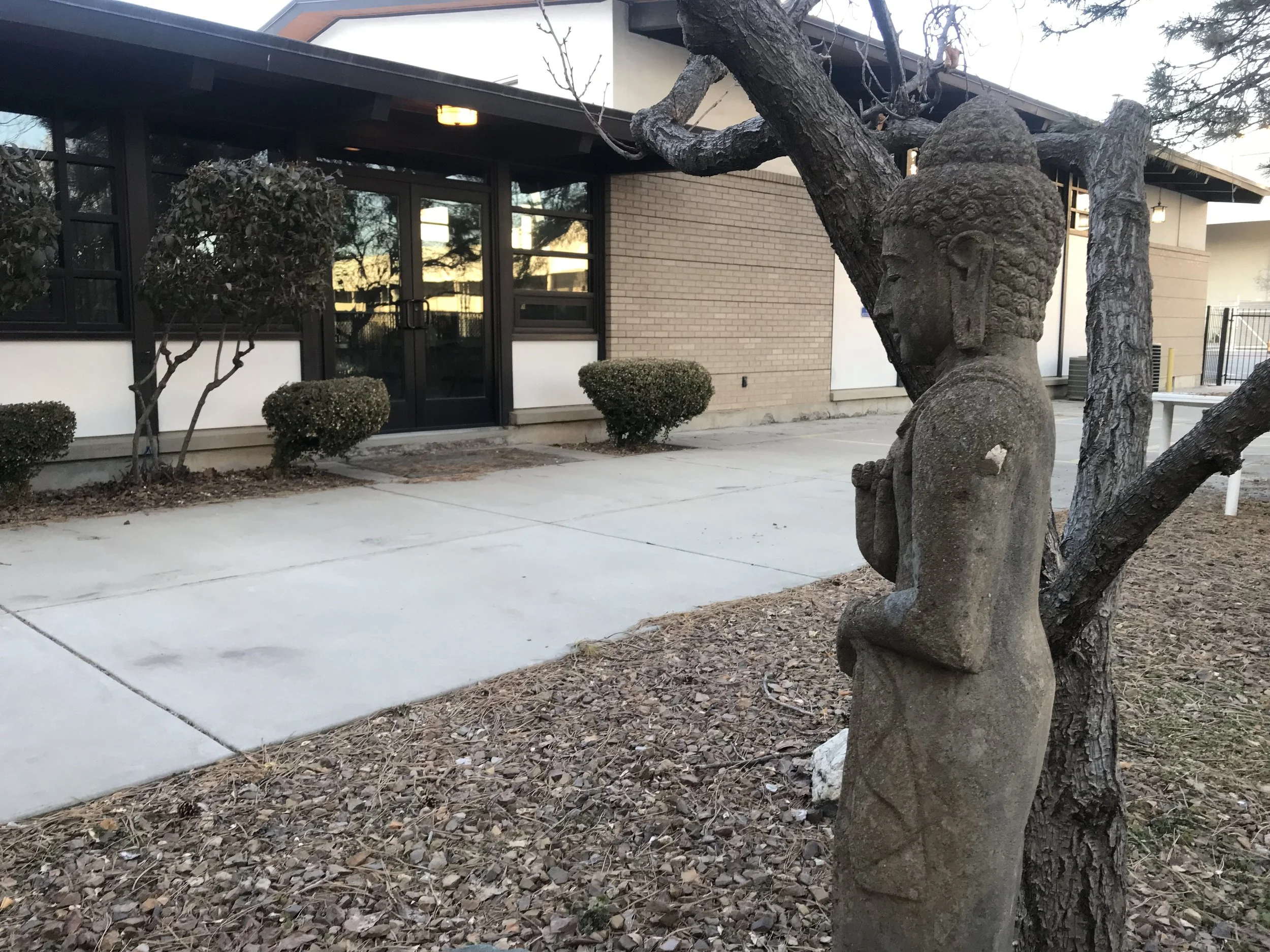Temple members receive a print copy of the Temple’s Buddhist Thoughts newsletter in the U.S. Mail. This is a collection of the writings of sensei that are found in the newsletter. Please enjoy these selected excerpts from recent newsletters.
I love holidays! To me it really doesn’t matter where the tradition may have originated, I love them all. However, I know that it’s sometimes confusing about what is a Buddhist Holiday? This article is to define my own perception and celebration of holidays.
Many of you know that besides supervising Salt Lake City, Ogden, Honeyville and Idaho Oregon Buddhist Temples, I am also the Director of the Buddhist Churches of America Center for Buddhist Education (CBE) and Ministers’ Assistants program (MAP). Most of the CBE and MAP programs are held at the Jodo Shinshu Center (JSC) in Berkeley, CA. Therefore many of the seminars are difficult to attend in person for people not living in California.
Last week, Carmela and I attended the Mt. States District conf. in Denver, Colo., one of the member temples of our BCA district. I still remember that I was in awe of this place, when I first came here as a teenager in about 1975. The culture of Denver as a city wasn’t that different from Utah. A western vibe, but more modern and bigger, you had the Broncos (NFL), the Nuggets (NBA) and now the R
Rennyo Shonin (1415-1499) the eighth head priest of our sect of Buddhism Jodo Shinshu Hongwanji Ha is also referred to as the second founder of Jodo Shinshu with Shinran (1173-1263). The current head priest is our Gomonshu, Sennyo Shonin (1977- ). Between Shinran Shonin and Rennyo Shonin there was about a 200 year gap or eight generations.
I have read books, articles, blogs, etc., about the experience of Americans and Buddhism. How and why has this religion, founded by an Indian nobleman in a small Indian kingdom some 2,500 years ago moved throughout the world and now become firmly established as part of the spiritual tapestry of the United States of America?
I’m not really sure why I began this article with these particular lines. They are from one of the most famous poems in the English language, The Waste Land by T.S. Eliot. Yet, this is an article for May. Sometimes, I get these lines from some poetry or songs that run over and over in my mind and unless I write them down, they tend to dominate my thoughts, sometimes for days.
On April 8th, we Japanese Buddhists celebrate Hanamatsuri (Flower festival) the birthday of Siddartha Gautama, Shakyamuni Buddha. Hanamatsuri translates as “flower festival”. This name is in reference to the story of the Buddha’s birth in Lumbini’s garden over 2500 years ago. It was said that the baby buddha after being placed upon the Earth by two dragons, took seven steps and as he walked, flowers blossomed out of his footsteps.
I think if you are a native English speaker or very familiar with the English language, you will understand this word. The older I get, the more I agree with this statement of Klass that “I began to wonder whether the history of humanity is just an endless, but futile, struggle to impose order, certainty, and rationality onto a world defined by disorder, chance, and chaos.”
I’m beginning this article with short quote by one of my favorite Buddhist writers, Sharon Salzberg. She is explaining why “Right View” is the first of the eightfold noble path. It is very important to understand this eightfold path, which is the fourth of the four noble truths.








